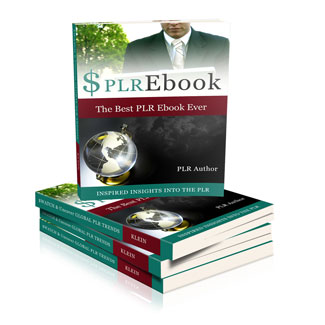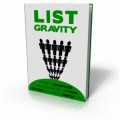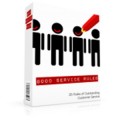
 License Type: Personal Use
License Type: Personal Use  File Type: ZIP
File Type: ZIP
 SKU: 60050
SKU: 60050  Shipping: Online Download
Shipping: Online Download
Ebook Sample Content Preview:
Send Better Emails Using Storytelling
If I gave you a set of numbers and rambled on with facts regarding those numbers, how likely would I hold your attention? If, on the other hand, I told you a story about a guy who defied the odds and somehow incorpo-rated the same numbers into the story, does this change the landscape for you? Will you be more accepting of the story?
Unless you came from another planet or are currently a robot, there’s a good chance you picked the second option, i.e., the story. Humans love stories, and it’s been that way for as far back as we go.
When coming up with engaging emails, it does not have to be an epic tale. You probably won’t have your emails made into a blockbuster mo-tion picture, but that isn’t needed. What is needed is to connect with your readers in a way that they want to finish reading to the end.
The best stories are ones that come from your own experiences. You, better than anyone, can tell those stories and how you felt at the time of those experiences. You can specify people who may have gotten in your way or others who may have helped. You can also suggest resources that helped you overcome problems, etc.
Obviously, not everyone will resonate with your story because not every-one is going through the same things you went through. That's okay. How-ever, you probably already targeted your list, to begin with, so the peo-ple who are on it have something in common. The story will be more in-line with who they are.
If you haven’t experienced something, you shouldn’t make it up. Even through writing, this will come off as contrived, and it won’t read well. If you still want to tell a story, try to find someone who has gone through what you are trying to tell. You can interview them on the phone, or you can send them a list of questions. If they agree, then this becomes your story.
To capture the story of others, have a rough outline of how you believe the story should go in your mind. This can help you ask the right questions during your interview. If you are off base, ask for a follow-up interview with a new set of
The closer we can get to portraying human experiences, the easier it will be for readers to relate. When you become a good storyteller, your emails will naturally be more engaging.
Tricks of the Trade for Engaging Emails
The following are not the kinds of tricks that will get you in trouble with your email provider or web hosting account. They aren’t meant to de-ceive anyone. In other words, they should be thought of more as tips ra-ther than tricks.
When constructing your email, make sure you add some links, preferably to your blog or website. This seems obvious enough, but people forget to do this. Don’t go overboard with it, but have a link near the top and an-other one at the bottom.
Create a follow-up series. Major autoresponder services have what is known as a follow-up series. As the name suggest, each time you add a message to the follow-up queue, it will get sent to your list. When new people sign up for your list, they will start at the beginning and the sys-tem will send based on rules you specify. For instance, if you have four follow-up messages and set at days 1, 2, 4, and 8, on the first day, sub-scribers will get a message. Then, they will get three more on the 2nd, 4th, and 8th day.
Consider creating tutorials and how-to emails. People love to learn new techniques, especially if they are hard to find. Create a follow-up se-quence with a set of tutorials. You can also expand this to have part of the tutorial exist on your website. This way, you can get them started in your emails, and then forward the readers to your website.
Another great idea for emails is to create a roundup. If you aren’t famil-iar with this, it is a gathering of useful and related posts or resources. You then comment on how those resources helped you in some way, or how you thought they could be useful for your readers. If you repeat the entire message on your blog or website, you can reach out to the bloggers who were included in your round up. This can get some of them to share with their friends. Other bloggers love to see their work portrayed in dif-ferent venues or blogs.
Here is a trick that works incredibly well. Reach out to a few of your cus-tomers privately. Ask them for testimonials, and include those in your emails. The best kinds of testimonials are when customers describe how exactly they are using your product. However, any positive testimonials will help with your email engagement.
- License: Personal Use
- Category:Ebooks
- Tags:2017 Ebooks With Audio Personal Use







